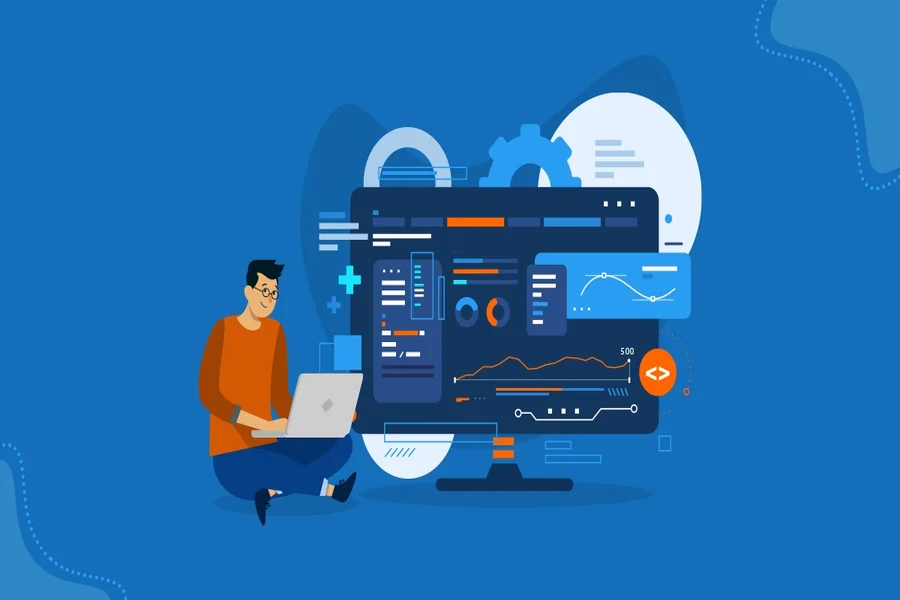Businesses increasingly rely on technology to enhance their operations and boost productivity. Employee monitoring software has emerged as a critical tool for organizations seeking to monitor employee activities while maintaining a balance between productivity and privacy. This article will guide you through the top 5 best practices for choosing the best employee monitoring software.
Tips for choosing the best employee monitoring software
Here are some tips to help you choose the best employee tracking software.
-
Monitoring objectives
Before diving into employee monitoring software, clearly defining your objectives is essential. Different organizations have varying reasons for monitoring their employees. These include improving productivity, ensuring data security, or complying with regulations. Understanding your monitoring needs will help you make a more informed choice regarding the software that best fits your requirements.
For example, if your primary goal is to boost productivity, you’ll want software that tracks time spent on tasks and measures activity levels. On the other hand, if data security is your top concern, you’ll need software that monitors data breaches and suspicious activities.
-
Privacy and compliance
Employee monitoring software must balance monitoring and respecting employee privacy rights. Different regions have varying regulations regarding workplace surveillance. Consider the legal aspects of employee monitoring.
When choosing employee monitoring software, ensure it adheres to data protection lawsand other local labor laws that protect employee privacy. Additionally, provide transparency to your employees by communicating the extent and purpose of monitoring.It fosters trust and minimizes negative impact on workplace morale.
-
Evaluate features and customization
When assessing employee monitoring software, it’s essential to look at the features it offers. A one-size-fits-all approach may only be suitable for some organizations. The best software should allow for customization to cater to your needs.
Consider features like real-time monitoring, activity tracking, website and application usage, keystroke logging, and screenshot capturing. Look for options that balance automated data collection and manual customization. The flexibility allows you to tailor the software to your unique requirements and ensures it doesn’t overwhelm your IT department with irrelevant data.
-
User-friendly interface and reporting
A complex and unintuitive interface can make the software difficult to use and might lead to reduced productivity among your IT team. Choose software with a user-friendly interface that simplifies the monitoring process.
Furthermore, the reporting capabilities of the software are crucial. Top-notch employee monitoring software should provide comprehensive, easy-to-read reports. These reports should offer insights into employee productivity and areas that may require improvement. The software should also allow for customization of information, enabling you to focus on the data that matters most to your organization.
-
Compatibility and integration
Consider these capabilities of the employee monitoring software. The software should integrate with your present systems and applications, like project management tools, email clients, and HR software.
Choose a software solution that supports cross-platform compatibility, ensuring it works on Windows, macOS, and other operating systems your organization may use. Also, assess whether the software offers remote and field-based employees mobile device monitoring.
Bottom line
Choosing the best employee monitoring software requires a thoughtful approach. With these best practices in mind, you can make a decision that aligns with your organization’s unique needs. Remember that finding the right balance between productivity and privacy is critical to successfully implementing employee monitoring software.
